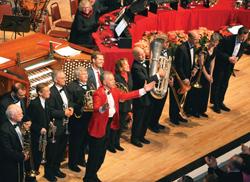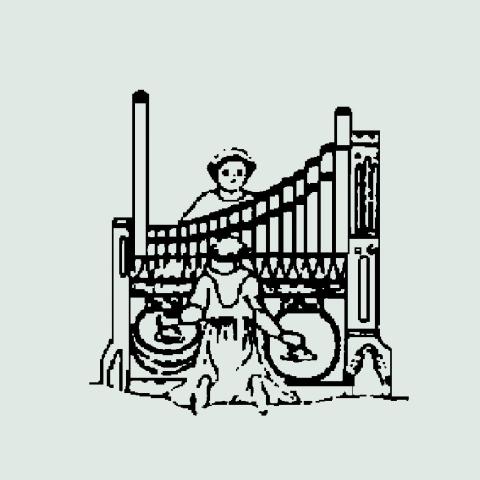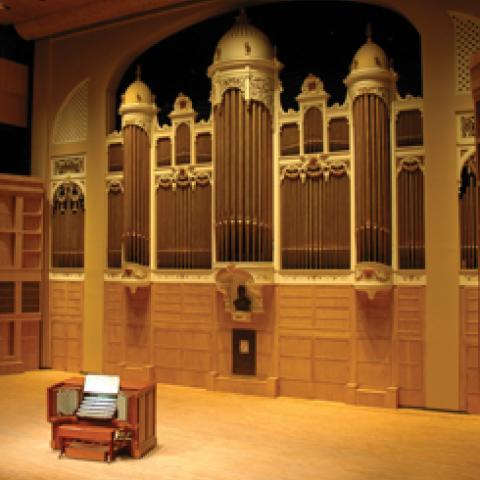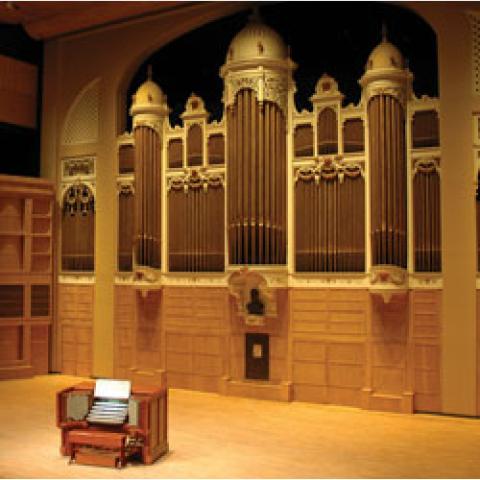
Ray Cornils performed “Kotzschmar Christmas with Cornils,” his final concert in his 27-year tenure as Portland, Maine, municipal organist, to a crowd of over 1,600 people on December 19, 2017. At intermission Cornils was given a Key to the City of Portland by Mayor Ethan Strimling. At the end of the concert, James Kennerley, Portland’s new municipal organist, joined Cornils and his many musical guests on stage for final bows.
Additionally, in December Ray Cornils was a featured soloist on the Kotzschmar Organ in twelve performances of the Portland Symphony Orchestra’s Christmas concerts under the direction of Robert Moody.
James Kennerley’s first performance as Portland’s 11th Municipal Organist will be on April 18.
For information: www.foko.org.




